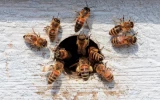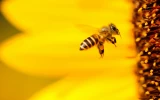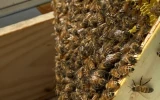When To Remove Screened Bottom Board - and When Not To
When it comes to beekeeping, installing a bottom board for the hive is essential. The board acts as the floor of the hive and is also used as a wooden perch that allows the bees to enter their hive.
In warm seasons, it’s okay to remove the screen bottom board. However, in areas with frigid temperatures, it’s important to use a screen bottom board to prevent your bees from being blown away. It also keeps the hive well-ventilated and prevents condensation from occurring during winter.
Knowing when to remove the screened bottom board is essential for successful beekeeping and will ensure that your hives remain healthy and productive. This article will help you learn when the best time is to remove a screened bottom board.
Summary
- In warmer climates, it’s fine to remove the screened bottom board and keep it open.
- In colder climates with frigid winters, it’s important to put down a screened bottom board, so the hive is properly ventilated.
- The Langstroth hive has an interchangeable bottom, so you can change between a screened or solid bottom board at any given time.
- A screened bottom board is convenient to check for the level of mite infestation in your bees.
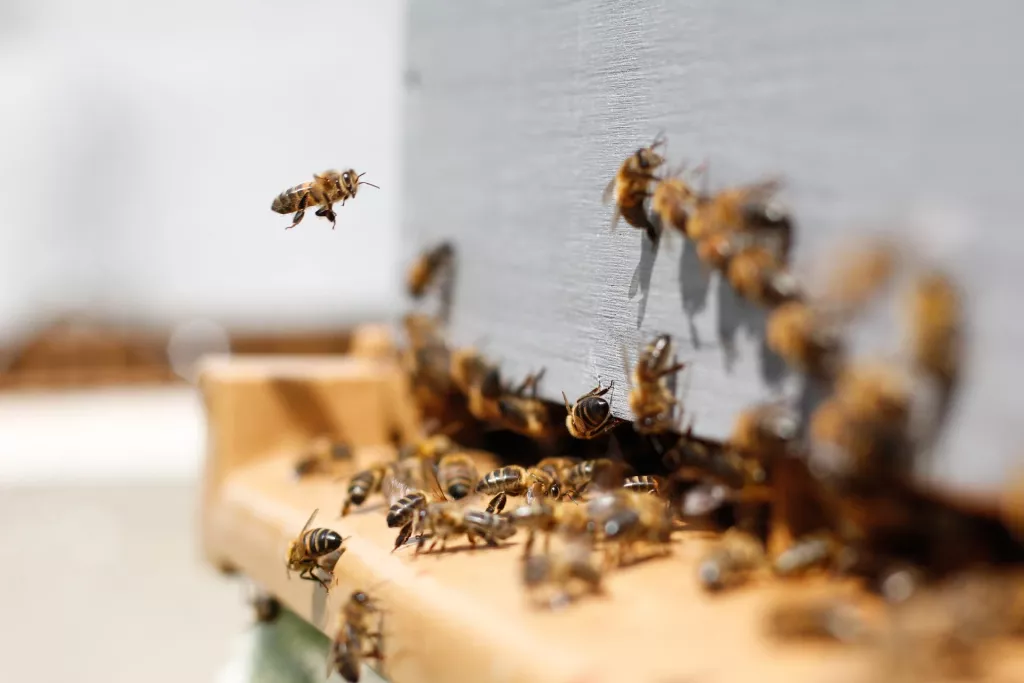
On this page:
When to Remove Screened Bottom Board
The main purpose of the bottom board is to protect the bees from natural elements and from mites. The screen allows airflow and prevents the entrance hole from being blocked by materials blown in by the wind.
In addition to protecting your bees from flying objects or unwanted pests, screened bottoms also help keep the hive well-ventilated. This is especially true in late summer and early fall, when temperatures inside the hive can get too hot for bees.
Screened bottom boards are also more prone to failure than solid wood bottoms, so it’s important to replace them if they become damaged or worn out over time.
When the hive needs ventilation
During summer or hot weather, it’s not necessary to put down a screened bottom board. In fact, several beekeepers who live in warmer climates will remove the bottom boards altogether, so the hive is easily accessible for the bees during the nectar flow.
A strong and healthy hive can benefit a lot without a screened bottom board, especially during the peak of a nectar flow.
When debris fall down the hive
Bees love to keep their hives clean, so sometimes debris such as pollen, beeswax, or varroa mites falls through the hive. You may not necessarily have to clean up after the hive all the time, although it’s important to keep a watchful eye for pests like ants or small predators who are attracted by the fallen debris.
When Not to Remove Screened Bottom Board
For the beginner beekeeper, a screened bottom board can be an invaluable tool to diagnose the current state of their hive. The screen separates the bees from their debris, and you can evaluate the accumulated pattern to piece together a picture of colony activity. You can monitor if the hive has any signs of disease or infestation.
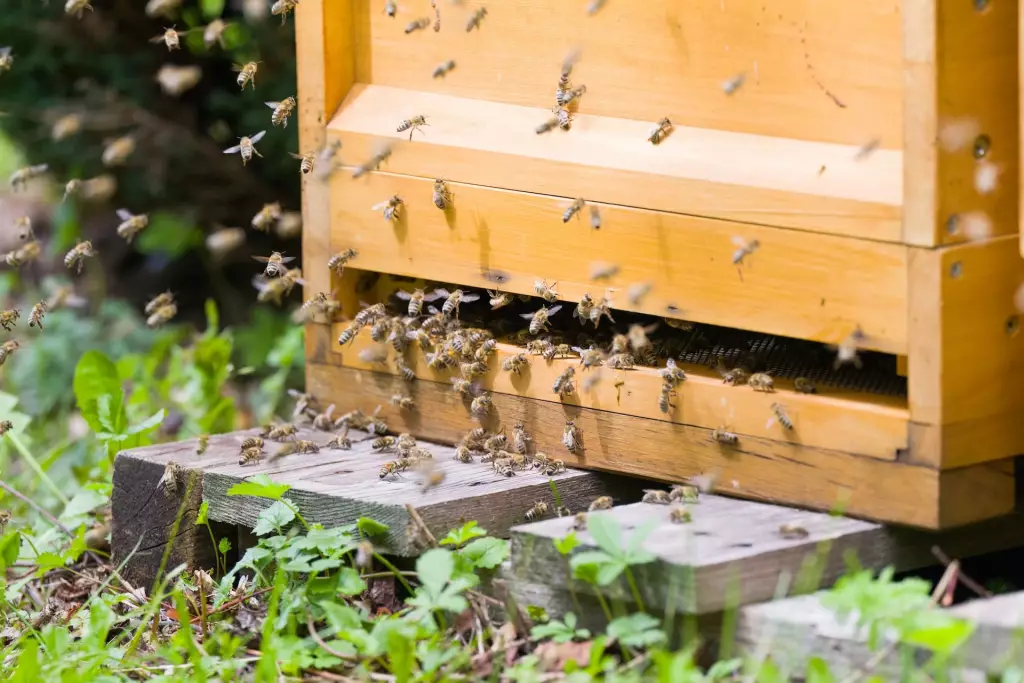
The screened bottom board can also act as a ventilation tool during the winter. Removing the board abruptly may also cause disruption to the colony and put them at risk of becoming sick or even dying altogether. Therefore, it’s important to understand when you shouldn’t remove the screened bottom board to ensure the hive's long-term health and productivity.
When the temperature is below freezing
During the winter, hives also need to have good ventilation. A screen insert blocks out most of the winter chill while making it easier for air to flow throughout the hive. To keep themselves warm, bees will cluster in their hives to maintain a survival temperature of 90–100 degrees Fahrenheit.
If bees are blown out of their hive
If you live in an area with strong winds or often have windy days, installing a screened bottom board can prevent your bees from being accidentally blown away. Bees can’t fly on windy days, especially if the winds are above 20 mph. It’s not usually safe for them to be out during windy days, either, since they can get lost and become unable to return home.
When taking mite counts
Screen-bottom boards are popular among beekeepers for keeping track of mites. The boards were originally designed as part of an integrated pest management system. While the screened bottom helped remove a small number of varroa mites, it also helped keep track of the mite levels in a hive.
A sticky board can be placed under the wire base, and the mites that fall into the sticky boards let the beekeeper count the natural mite drop. With this method, they can estimate the level of mite infestation in the colony.
Do You Need A Screened Bottom Board For A Beehive?
It depends on the region where you live. If you live in a warm climate all year round, then it’s fine if you don’t install a screened bottom board. You can leave it open as long as it’s not a windy day. However, if you live in areas with frigid winters, then putting on a screened bottom board is a must for your beehive.
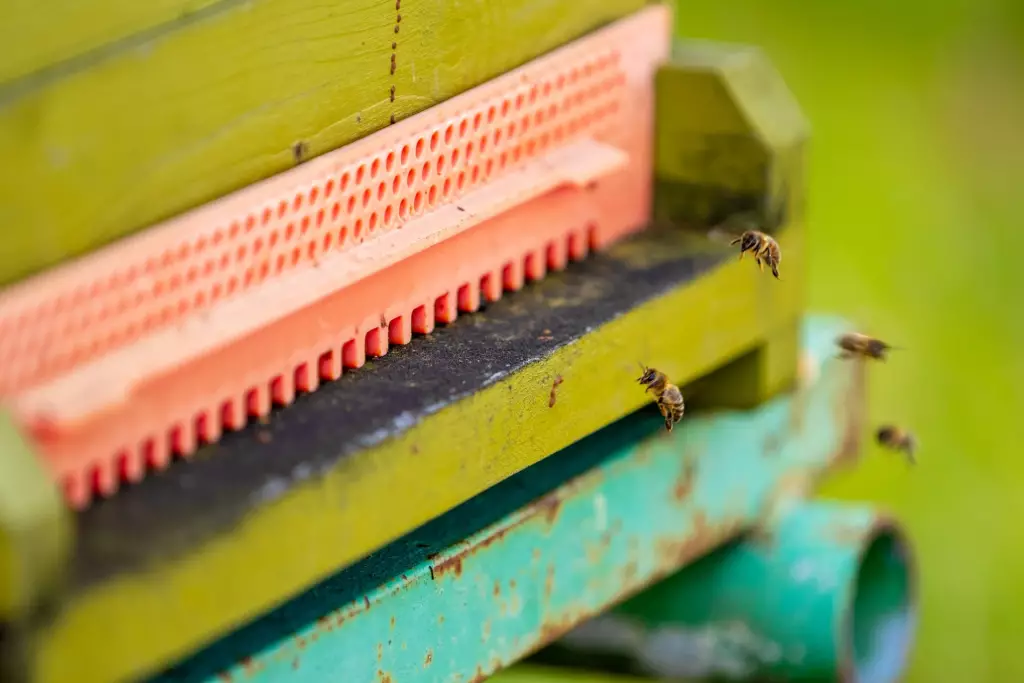
The boards help keep the hive clean and tidy, protect it from the elements and pests, and provide proper ventilation for the hive. You won’t have to worry about the screened bottom board letting in the chilly air, since bees can create warmth and heat by clustering around the queen. This allows them to stay warm throughout the rest of the winter without freezing.
How to Use a Screened Bottom Board
Installing a screened bottom board is extremely easy. If you’re using the Langstroth hive, the bottoms are designed to be interchangeable, even with the bees in the hive. You can easily pull out the board or slide it into place. You’re free to switch out the boards at any time.
To make sure the screened bottom board lasts a good while, it’s crucial to use a hive stand. Bottom boards are made out of wood and become damaged if left on wet ground. A hive stand can elevate the hive and keep the bottom board off the ground and away from moisture.
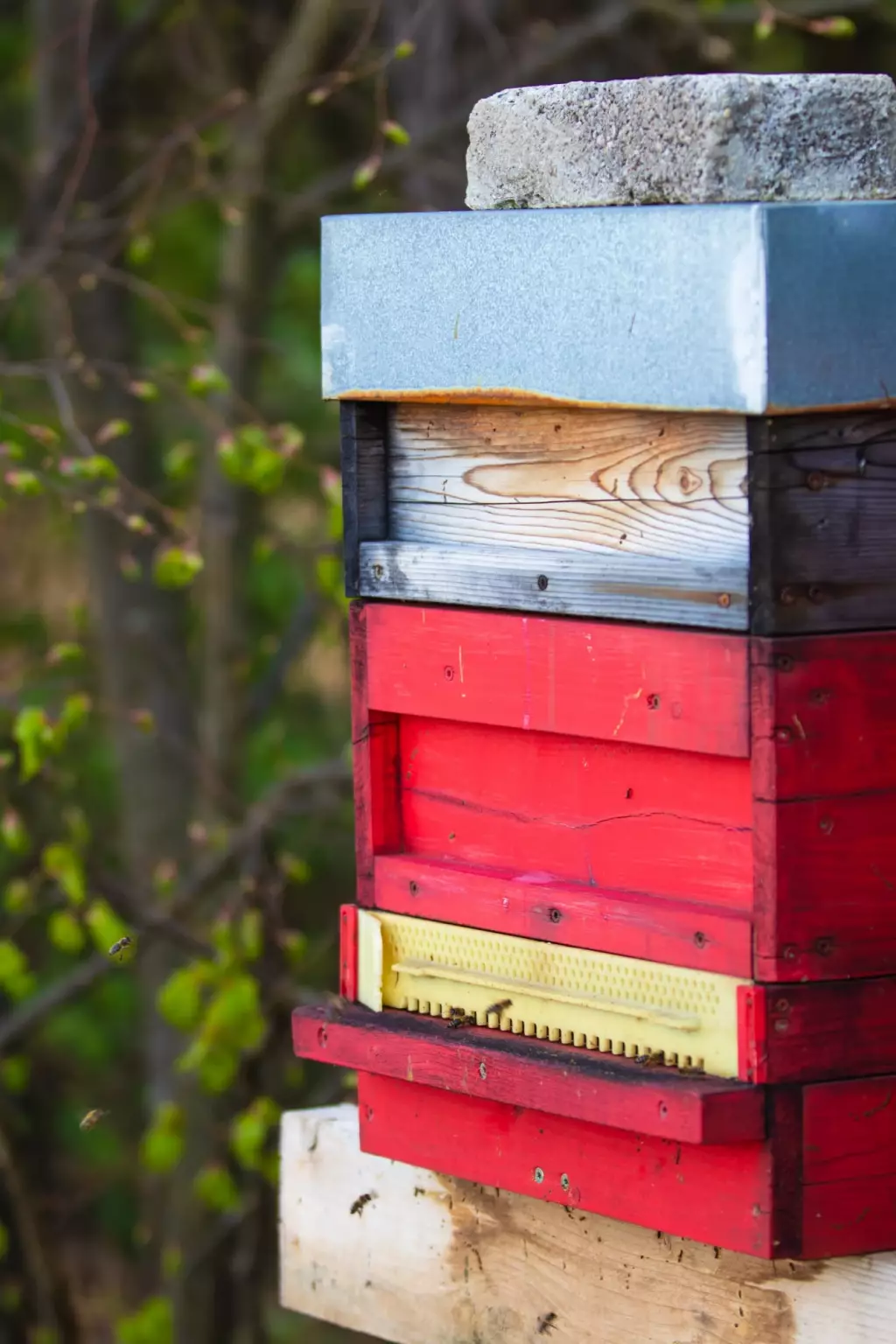
Bees under screened bottom board
Some beekeepers find clusters of bees hanging on the underside of the screened bottom board. This mostly happens during warm weather and looks similar to bearding. There could be several possible reasons why they do this.
For example, the hive may have half-heartedly swarmed and decided to build a new hive under the existing hive. Or the queen bee came back from her mating flight and somehow entered through the screened bottom board, and the bees decided to build a hive hanging off of the screen.
The correct solution is to find out what’s causing them to gather around that spot. You may also pull the bottom board and shake it off the screen into a nuc. You can also replace the screened bottom board with a solid bottom board, or go searching for the queen to make sure she’s where she’s supposed to be.
Painting the bottom board
It’s safe to paint all the wooden surfaces of the screened bottom board. However, avoid painting the screen. The bottom board gets most of the messy debris, so it needs to be well-protected and properly maintained. Prior to painting, you can also prime the bottom board first with a high-quality latex primer or an oil-based primer. It helps the bottom board last a long time.
